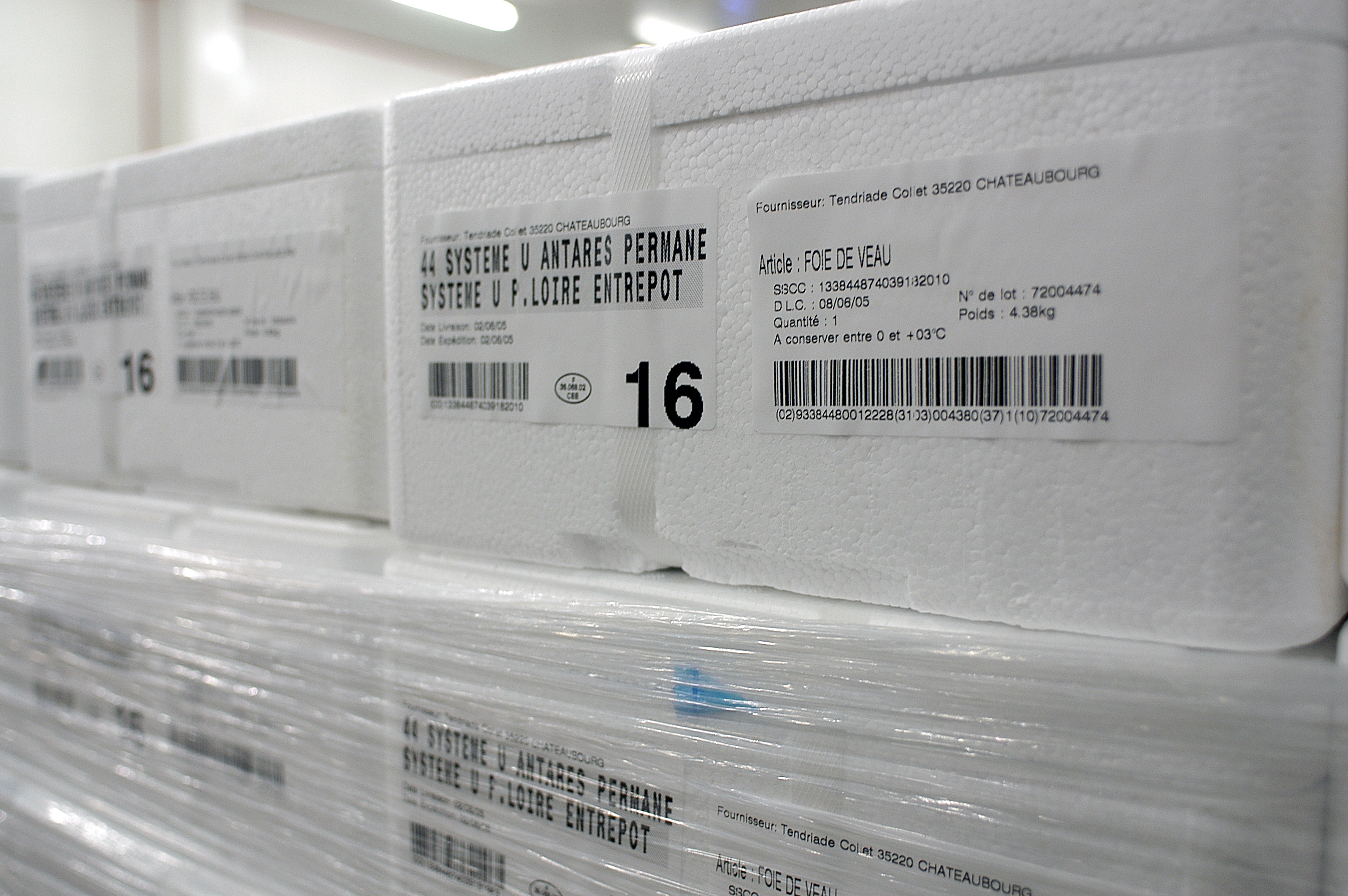How to create a barcode for your cases
Moving from barcoding your products to barcoding your cases or outer packaging can be confusing. You may have been requested by a new trading partner to start barcoding your cases in order for them to track and trace them throughout their supply chain. Cases are also referred to as ‘traded units’, ‘outer cases’ or ‘trade item groupings’ but these are all the same thing.
EAN/ UPC barcodes
You have a few options when choosing the barcodes for your cases, all of these use the Global Trade Item Numbers (GTINs) we licence to you. It is important to make sure you choose the right one, depending on where they will be used and the product that they contain.
Products may carry barcodes consisting of 8, 12 or 13 digits, which can be scanned at the point of sale. If cases of your product, for example, 6 bottles of fizzy drink, are to be sold in-store and scanned at the point of sale, then they will require a separate barcode to the individual product to enable the retailers system to tell the two apart.
These are shown on the product using EAN or UPC formats. Cases not scanned at the point of sale may feature barcodes that are longer using GTIN-14s and, in some instances, include information such as expiry dates encoded within them. These are shown in ITF or GS1 128 formats.

Cases sold in-store
If your product is sold to the consumer, on a case level as well as on an individual basis, then you need to use different GTINs (12 or 13 digits) to identify the two. As both of these will be scanned at the point of sale, then these should be shown in either an EAN-13 or UPC-A format.
For example, there may be one bottle of fizzy drink with the GTIN 501234567880 and a case of 6 bottles with the GTIN 501234567990. You should bear in mind, if your case will be scanned in-store and also at a traded level – for example a case of 24 beers – these contain the individual consumer products, but are also large enough to be sold at a traded level too. If this is the case, you will need to alter your EAN or UPC magnification factor to a minimum of 150%.
Some producers also use an ITF-14 barcode on the packaging alongside the EAN or UPC, depending on their packaging type (see below section) or their trading partner requirements. If using the ITF-14 format, you add a leading zero to your GTIN-13 number to allow the 13 digits to fit in the ITF-14. This remains a GTIN-13, even though there is an additional digit. The ITF-14 can’t be scanned at the point of sale.
Cases not sold in-store (traded level)
If cases are not scanned at the point of sale, you don’t have the restriction of using a maximum of 13 digits within the barcode. Other barcode formats can be used; ITF-14 or GS1-128, that can carry extra variable information such as batch numbers and expiry dates.
When using these barcodes, we recommend that you create a GTIN-14 from your product level GTIN-13 in My Numberbank or use a completely new GTIN-13 with a leading zero to bring the format up to 14 digits in length. Whichever method you choose, it’s important to have a different unique number from the product level one.
ITF-14 barcodes
These are used when printing directly on to fibreboard outer cases. They contain 14 digits which can be created from a GTIN-13 with a leading zero or with a GTIN-14 from My Numberbank. These barcodes are larger than the standard EAN or UPCs, making them easier to see in a warehouse environment.
If you print the barcode on the case directly, we recommend that you print it twice (on one short side and on one long side) – but only once if a label is used. ITF-14 barcodes must always include a ‘bearer box’ which is the heavy box around the ITF-14 symbol when printing on the box – but only top and bottom bearer bars if using labels. This is to help ensure the print quality and prevent mis-scans.
GS1-128 barcodes
GS1-128 barcodes, together with the Application Identifier (AI) standards, enable you to provide additional information about a product alongside the GTIN for the product itself. The GTIN contains 14 digits which can be created from a GTIN-13 with a leading zero or with a GTIN-14 from My Numberbank. These barcodes cannot be scanned at the retail point of sale, so they are restricted to use on traded units.
These barcodes are recommended when it is necessary to be able to scan:
- Use by and best before dates
- Measurements for variable measure products on traded units
- Batch and serial numbers
If your product has a shelf life of up to 42 days, you must use the GS1-128 format and ensure you include the shelf life dates within it.
Variable measure product
If your cases contain catch weight items (items that do not have a predefined weight), then the net weight of the contents must be shown in a GS1-128 bar code.
Other variable measures such as length, area and volume can be shown using different application identifiers, but weight is the most common measure used in the UK.
- Use the AI 3102 to give the net weight in kilograms to two decimal places. Other AIs can be used to give weight to a different number of decimal places
- The GTIN must be a 14 digit number beginning with 9 (9 is reserved for variable measure items) – best to use My Numberbank to create a GTIN-14 starting with a 9 from your product level GTIN-13